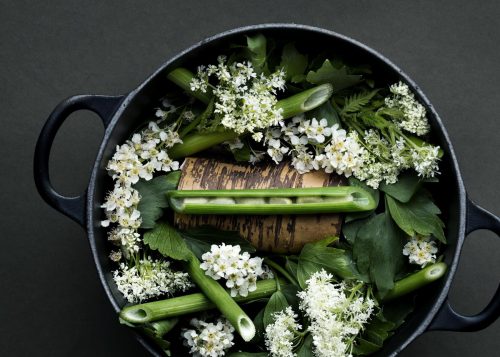GAINESVILLE, Fla. — Learn about the mouthwatering world of insect consumption in the Florida Museum of Natural History’s new gallery exhibition, “Edible Insects: It’s What’s for Dinner.”

Now open, this free exhibit includes a display of insect food products and presents the benefits of eating insects, known as entomophagy. Visitors can learn about the health and environmental advantages of including insects in their diets.
“Demand for animal-based protein continues to increase globally, and farm-raised insects show great potential for meeting the needs of our growing population,” said Florida Museum exhibit developer Jonnie Dietz. “Humans have consumed insects as food for millennia, but the benefits of farming insects as food makes them a promising alternative to more traditional animal proteins.”
The exhibit explains the lower cost of producing insect-based food compared with beef, pork and chicken, and guests can also learn about various ways insects are prepared and eaten around the world, from street food in Southeast Asia to ice cream in South Africa. The display also includes a world map showing the locations of recorded edible species and a list of the most common examples.
Dietz says despite the economic advantages, consumer aversion has been a barrier to insect consumption in the United States.
“I hope that learning more about the benefits of entomophagy and how insects are prepared and eaten worldwide might spark visitors to engage in this global practice,” she said.
For more information, visit www.floridamuseum.ufl.edu/exhibits/edible-insects or call 352-846-2000.
-30-
Writer: Nikhil Srinivasan, 352-273-2034, nsrinivasan@flmnh.ufl.edu
Source: Jonnie Dietz, 352-273-2048, jdietz@flmnh.ufl.edu
Media contact: Paul Ramey, APR, 352-273-2054, pramey@flmnh.ufl.edu